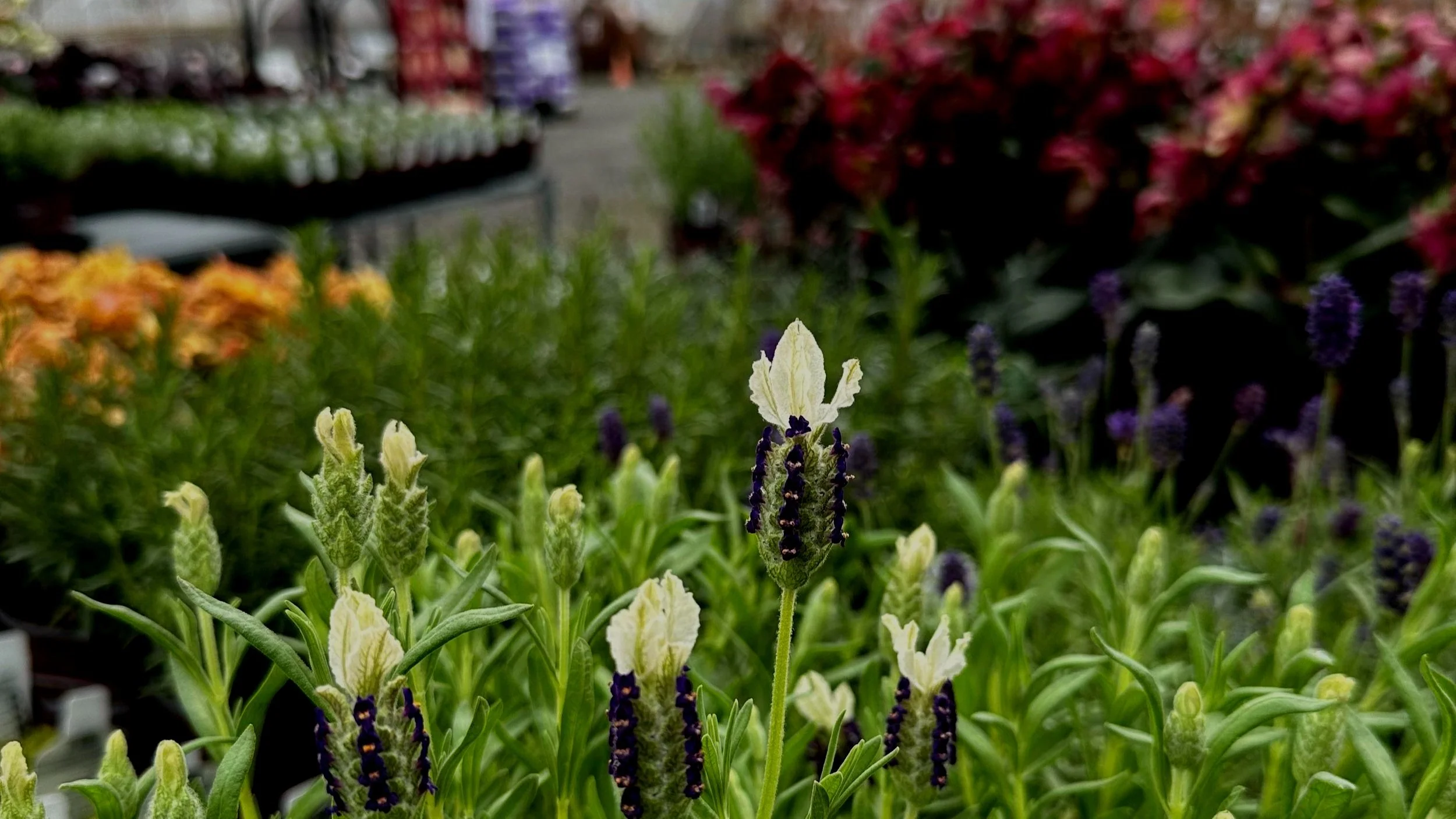I think most gardeners are aware that bees are in decline. Bee keepers in particular have seen high percentage losses due to something called Colony Collapse Disorder, which is not a new problem but one that seems to be increasing. The causes of this disorder are under investigation at the federal and state levels, as well as internationally, and there are several factors at work. To quote Sharon Collman, WSU Snohomish County Extension, “pesticide use, air pollution, mites, parasites and other maladies are all factors, but according to Dr. Lawrence of WSU there is also a huge shortage of habitat and pollen/nectar plants”. Translate that to read: Too many boring yards for not only us, but the bees too. This Dr. Lawrence is my kind of guy.
Pollinators come in many different forms. Bees, birds, beetles, flies, wasps, bats, moths, butterflies, and other animals that all contribute to the pollination process. They are critical to our existence. Roughly 33% of our food requires pollination, which includes fruits, nuts and vegetables. The flower and veggie seeds we buy in the spring would not exist if the plants hadn’t been pollinated the previous year. This is a big deal and one that gardeners should be concerned about. Fortunately, there are steps we can take to help.
Plant more flowering plants (thank you Dr. Lawrence). Whether shrubs, trees, perennials or annuals, all flowers will attract pollinators. Since we only have so much room in our gardens for shrubs and trees, annuals and perennials offer us the best opportunity to provide sources of nectar and pollen. Single flower forms, rather than the fancy double ones, are usually the most attractive to pollinators. But don’t feel like you have to plant ONLY single forms, I am sure the pollinators will be happy to share the garden.
Stop by the garden center every couple of weeks to see what the bees are buzzing around or the hummers are visiting. Then take some of those plants home and get them established in your garden.
Install bee and bat houses in order to attract these animals. I saw some amazing bee hotels while in Europe last fall that were not only functional but artistic additions to the landscape. Check out our Pinterest page, Save The Pollinators, for some ideas.
Birdbaths and fountains are great for attracting not only birds but pollinators too. Keep some moving water in the garden and you will be amazed at what will visit your yard.
Keep the pesticides to a minimum and never apply them when bees are around, which means not when plants are blooming. If you find them necessary, use them in the evening when the bees have gone back to the hives.
Reduce the lawn area and plant more flowers. At the very least, let the clover and dandelions grow so the bees can feed on them.
Reduce your carbon footprint by using public transportation, walking, cycling, carpooling or telecommuting. Also be sure to buy local foods.
Join the Pollinator Partnership to get involved, www.pollinator.org. This is an amazing organization that was founded in 1997 that has a plethora of information and opportunities to get involved. Check it out.
So to sum things up, planting more flowers will, as usual, solve almost all of the problems in the world. If nothing else, go buy a packet of wildflowers and sow them in some vacant lot. In time, every little bit will help restore the balance of nature.


